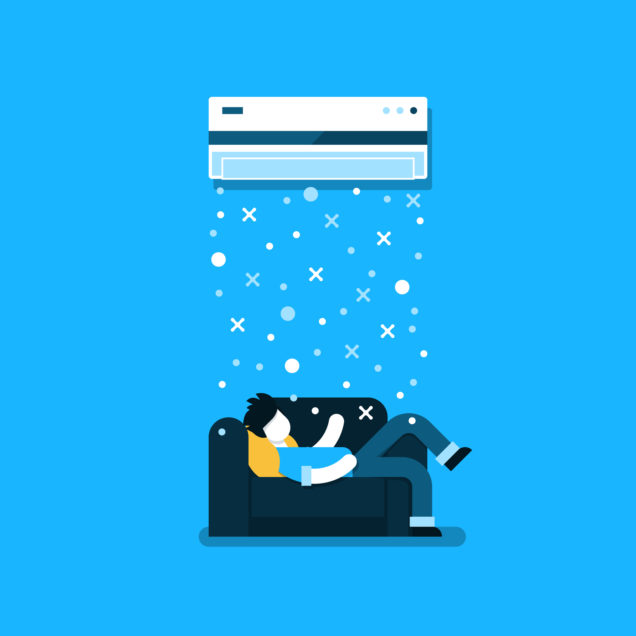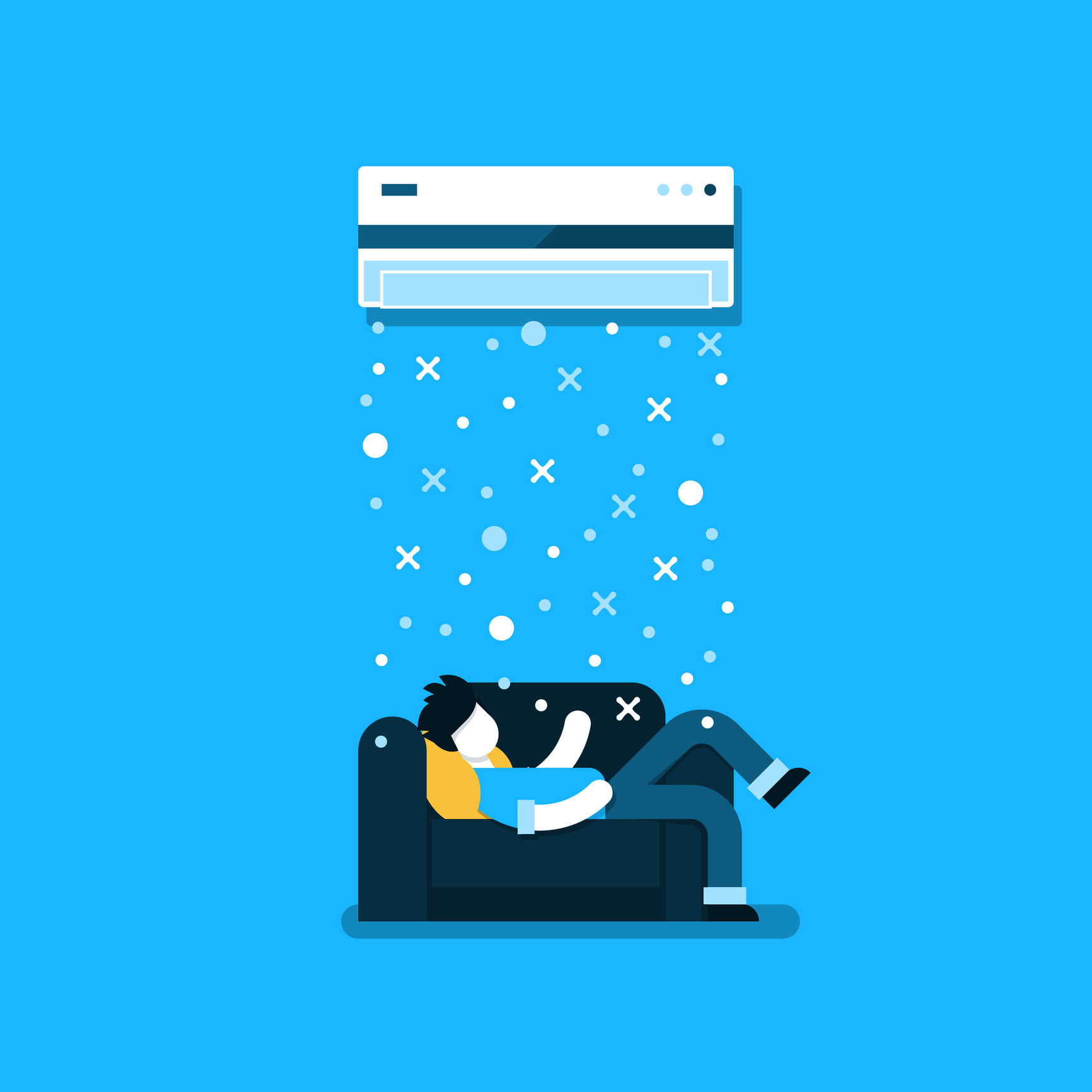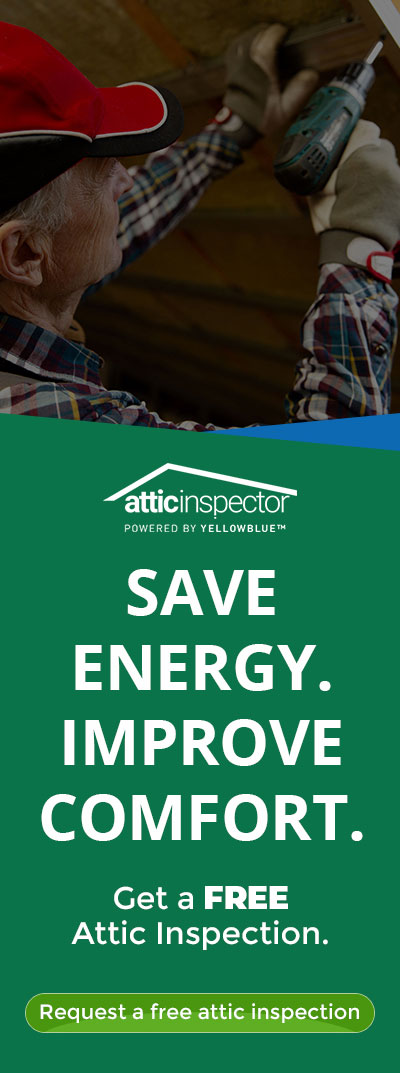There’s nothing quite as satisfying as walking into an air-conditioned room.
Your home’s air conditioning is a crucial part of its overall comfort. Making sure it’s running properly, especially in the warmer months, will be a defining factor to how happy your family and wallet are this summer.
Here are some of the best ways to make your air conditioner colder in time for the hot season.
Pinpoint the Problem
If your air conditioning unit is an older model, it’s probably safe to say it’s time for some hardware improvements. But if you have a newer model, you’ll need to define the exact problem with your unit before you can make your air conditioner colder.
Here are some of the most common reasons your air conditioner might not be operating at peak performance.
Clean Your Air Conditioner Filter
If you haven’t cleaned your air conditioner filter for some time, there’s a good chance you’re missing out on an easy way to make your air conditioner colder.
Your air conditioner filter works a lot like the one in a laundry dryer. It collects all the dust particles and pollutants that are absorbed during the cooling process, but if you don’t clean it often, it’s not only going to affect how cool your home is — it will make your whole unit less efficient.
Most air conditioner units have fairly similar filters. Locate the filter on your air conditioner and gently remove it from its location and inspect the wireframe within. If it looks dusty, off-colored, or grimy, it’s time for a quick scrub or a replacement.
Placement In The Home
While adding an air conditioner to any room in your home will definitely address your cooling desires, the room itself plays a part in how effective the unit is. Many homeowners moved into their home with the unit in place, or simply place air conditioners in the living room by default. But there is an art to maximizing your air conditioner’s efficiency, and it depends largely on its host room’s layout.
Rooms which receive a lot of direct sunlight are the most obvious areas of concern. On the surface, it may make sense to place your air conditioner in the hottest room in the house, but it’s actually counterproductive. If your AC unit is in your home’s hottest spot, it’s going to end up working far too hard and not equally distributing cool air around the room for long periods of time.
Additionally, you don’t want to place your air conditioner behind any furniture, plants, or other indoor obstructions. Putting your unit behind something else is only going to rack up your energy bills, as the system’s ventilation will not get proper circulation, resulting in a less efficient system.
For the most efficient use of your system, your AC units should be placed in rooms that receive moderate amounts of sunlight, are decorated to accommodate the unit, and have ceiling fans. Using ceiling fans in tandem with your air conditioner is going to make the unit more efficient and cost-effective, as the cool air circulation process will be amplified through the fan’s assistance.
Prevent Short Cycling
“Short cycling” is a common problem with air conditioners that creates less comfortable homes and higher energy bills, and stopping it is a great way to make your air conditioner colder.
Like the name implies, short cycling is how an air conditioner’s behavior is described when it frequently turns on and off. This results in your air conditioner running fairly often, but not quite long enough to truly make a lasting difference.
There are a lot of factors which could contribute to your air conditioner short cycling. Some of the more common issues arise from environmental obstruction or damage. Ice buildup, sleet, or harsh winds can all impact the exterior of your air conditioner, so keep an eye on its condition during difficult weather or after big storms.
Perhaps the most common reason for short cycling is an ill-fitting air conditioner, specifically an over-sized one. Often times, homeowners fall into the false logic of “cost = comfort,” and decide to invest in the biggest and shiniest air conditioner they can find. This, simply, is not the best solution.
When an air conditioner is too big for the home it is servicing, it might make the room it is in too cold too quickly, causing it to reach its target temperature and shut off again. This results in a lack of consistent temperature comfort in the home and more energy costs than needed. Have an HVAC professional evaluate your air conditioner to see if it truly is the right build for your home.
Finally, your air conditioner might be turning off too soon because it doesn’t have the proper amount of refrigerant in its system. Have your HVAC professional inspect the unit for refrigerant levels and for recommended refill scheduling.
Use The Right Air Conditioner Refrigerant
The refrigerant doesn’t just make your air conditioner colder — it makes it work altogether.
Inside your air conditioner, there are copper coils, and inside those coils is a refrigerant compound. The refrigerant absorbs the heat of your indoor air, and with the help of your air conditioner compressor, it transforms that heat from a low-pressure gas into a high-pressure liquid. The fans in your air conditioner blow the hot air absorbed by the refrigerant coils outside, and also blow the cold air created by the coils inside. This is the cycle of air conditioning.
Because of this, it’s imperative that your air conditioner is a) adequately filled with refrigerant, and b) filled with the right kind of refrigerant.
There are a few popular refrigerants out there that function with most forms of air conditioners. The most popular forms of refrigerant include R-410A (aka Puron), R-407C, and R-134a, each with their own benefits and differences.
All three of these options are fairly environmentally friendly. They boast their lack of contribution to ozone depletion and are largely focused on energy efficiency above all else.
If you ask your HVAC professional, you will likely be recommended to start with R-410A, as it is the most popular for modern air conditioner units. Older models may benefit from sticking closer to refrigerant like the R-407C. The R-134a refrigerant is used primarily with cars and larger vehicles.
Always double check what refrigerant requirements you think would be best for your home with a trusted advisor. They will be able to better discern the specific needs and best practices for your home’s unique conditions to make your air conditioner colder.
Make Your Current Air Conditioner Colder With Bluemaxx
Yellowblue’s bluemaxx synthetic refrigerant additive can be added to your existing air conditioner or refrigeration system to achieve energy savings and make your air conditioner colder fast.
Most utility companies recommend you to set your thermostat at 78 degrees or higher and leave it there. For every degree below that setting, you’ll use approximately 3 to 5 percent more electricity. So, for every degree colder you experience after bluemaxx™ has been installed in your A/C system, you could receive savings.
Bluemaxx™ functions alongside the most typical air conditioning systems. From small to very large units, bluemaxx™ is compatible with all common refrigerants, including R-22, R-134a, R-407, and R-410a.
After bluemaxx™ is added, you should immediately start to feel the difference. As a synthetic component, bluemaxx™ is guaranteed to cause no damage to the cooling system. Rather, it can extend the life of the system and at the same time reduce regular maintenance due to less run time.
Contact us today to talk about adding it to your home!




